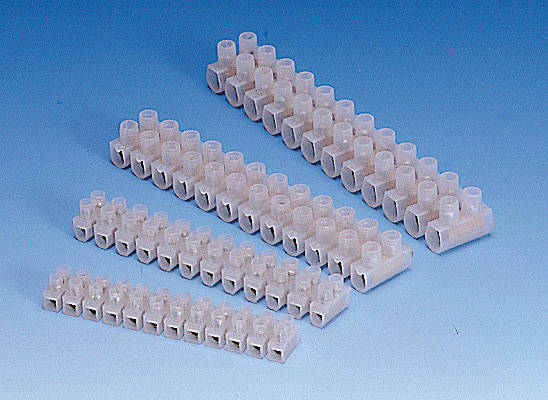Hi there - I want to remove the face plate of a plug socket and replace with a blanking plate. Can I just use electrical tape to cover up the bare wire ends tucked inside? Anything else I need to know?
(I'll be turning off power at the fuse box first of course )
)
Many thanks in advance,
J
(I'll be turning off power at the fuse box first of course
Many thanks in advance,
J



